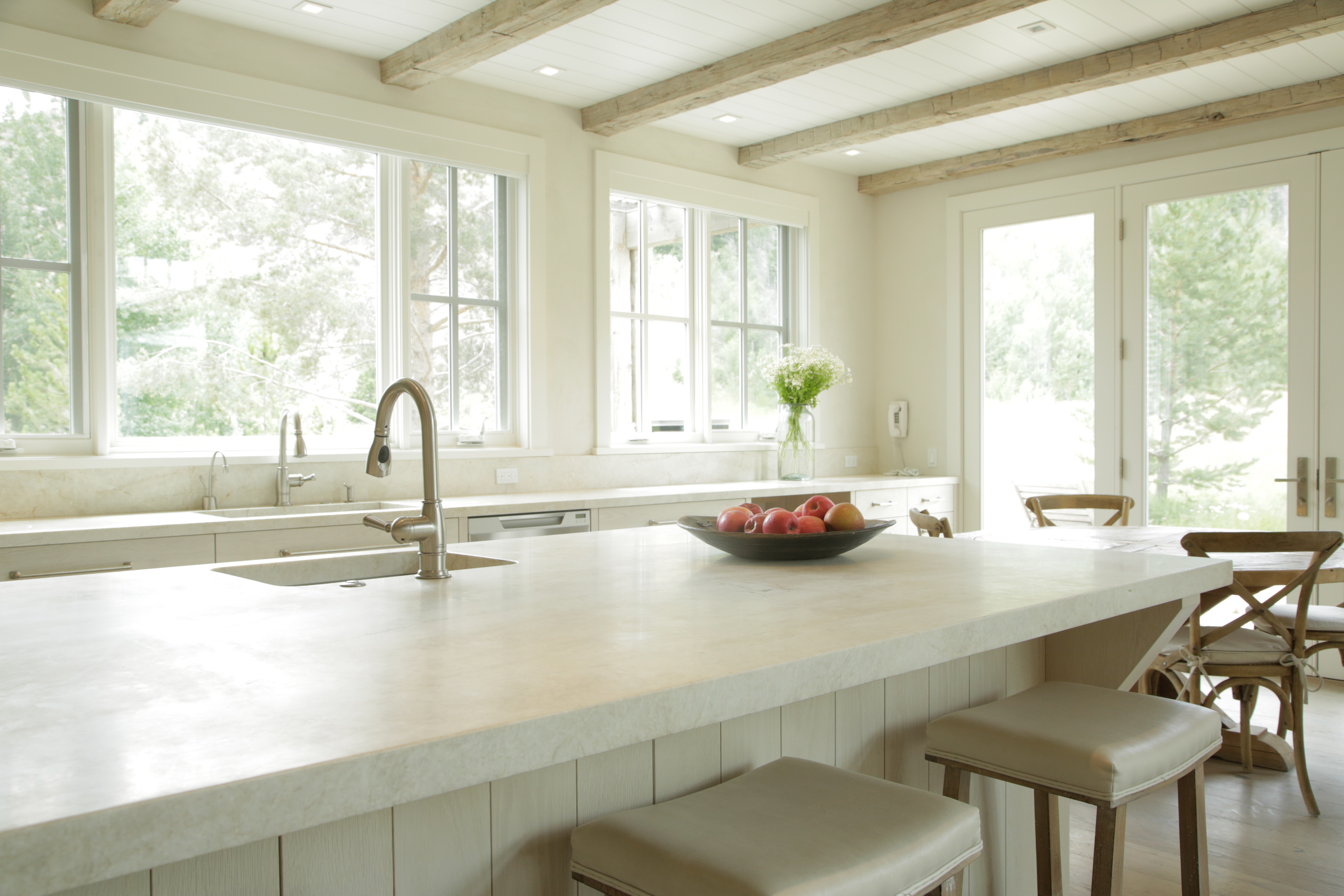During this uncertain time when the world feels out of control and chaotic, it is even more important to create peace and order at home. We can find this peace through the process of decluttering.
Our homes are the center of our universe, now more than ever.
In addition to the many ways our homes already serve us, our homes now function as schools, workplaces, and cafeterias. We need to make space to support these activities so we can feel supported and empowered by our environments to move through our days with ease and grace.
We also need to declutter for our peace of mind. The physical clutter in our homes is emotional clutter. Clutter causes stress and feelings of overwhelm and is often a source of conflict between loved ones. Clutter also ties up our time and energy. We end up talking about, arguing about, and managing all of our stuff, instead of having the time and energy to focus on the things that truly matter: our loved ones, our self-care, time in nature, time to pursue our passions and time to just be.
We can find ourselves caring for our stuff instead of caring for ourselves and our loved ones.
When we clear clutter we free up space—in our homes and in our minds—so we can connect and be present for what truly matters.
Here is a four-step process for clearing clutter:
Choose an area: if you start in your bedroom choose one area, such as a bedside table or closet and complete that area before moving onto the next.
Take everything out: It is important to entirely empty the contents of the drawer, closet, cabinet or shelf. This is the only way to make certain you address each and every item.
Clean: Clean the closet, shelf, or drawer. When we have an empty, clean space we are much more mindful about what we choose to put back into that space.
Determine if the object is loved or useful: Anything that is not loved or useful is clutter. To determine if an object is loved or useful, take a moment to engage with it. Hold it, sit on it, stand in front of it. For useful items, you can ask yourself questions, such as: when is the last time I used this? Do I have something else that fulfills the same purpose? Could I do without? Do I have space for it? How well does it function? For loved items, you can observe your thoughts, feelings, and body. If the object triggers negative memories or feelings, then chances are it is not loved. Also, pay attention to your body. Invariably when we don’t love something we will feel a tightening in our stomach or chest. When we do love something, we will breathe deeply, feel expansive, and stand up a little straighter.
Three things to keep in mind as you clear:
Clear first, organize later: It is important to finish the process of choosing what to keep and what to let go of before you think about organizing. Clutter can’t be organized and you will waste time and money trying to do so. Also, we want to keep moving as we clear, we don’t want to get stuck thinking about where something will go, or over deliberate about whether to keep it. When we keep moving as we clear, the process of decluttering itself will create peace and clarity.
How you clear is as important as what you clear: Our inner state of being is an often overlooked part of the clutter clearing process. Yet, the energy we bring to the process of clearing is often as impactful as the end result. We feel this awareness is especially important during these challenging times. We want to bring peaceful, kind energy into our homes and lives. As you clear, refrain from negative self-talk. If you notice guilt, fear, or judgments simply observe, forgive yourself for judging and return to your clearing.
Let go with gratitude and intention: If you find it challenging to let go of something, try letting go with gratitude and intention. Marie Kondo taught us to thank our items. You can be grateful for how something served you, for the person who gave it to you, for having the resources to buy it or for showing you what is no longer working. Gratitude moves us out of judgment (feeling guilty for wasted money or shameful for how much stuff we have) and into our hearts. You can also give with intention. Thinking about how someone else may be served by the item often makes it easier to let go. Make sure items you donate are clean and in good repair so they have a better chance of finding a good home. And set an intention, such as “may this be used in service for someone else’s highest and greatest good.”
A final note if you are overwhelmed…
Make a clutter clearing plan and start small. A clutter clearing plan is a simple checklist of the rooms in your home subdivided into manageable areas within each room. For example, you would write bedroom and underneath the bedroom you might say bedside table, armoire, and closet. You may even divide large areas, like your closet, into smaller areas such as shoe rack, dresses, etc. Many people feel less overwhelmed when there is a plan because there is a definite beginning and endpoint. You will have the satisfaction of checking each area off your list as you move through your plan.
In times of uncertainty and seeming chaos out in the world, it is even more important to create peace in our inner worlds. It is tempting to feed the part of ourselves that wants answers by spending our time online or listening to the news, but now more than ever is a time to turn within, embrace uncertainty, and keep our attention on the people, experiences, and things in our homes that inspire love.


